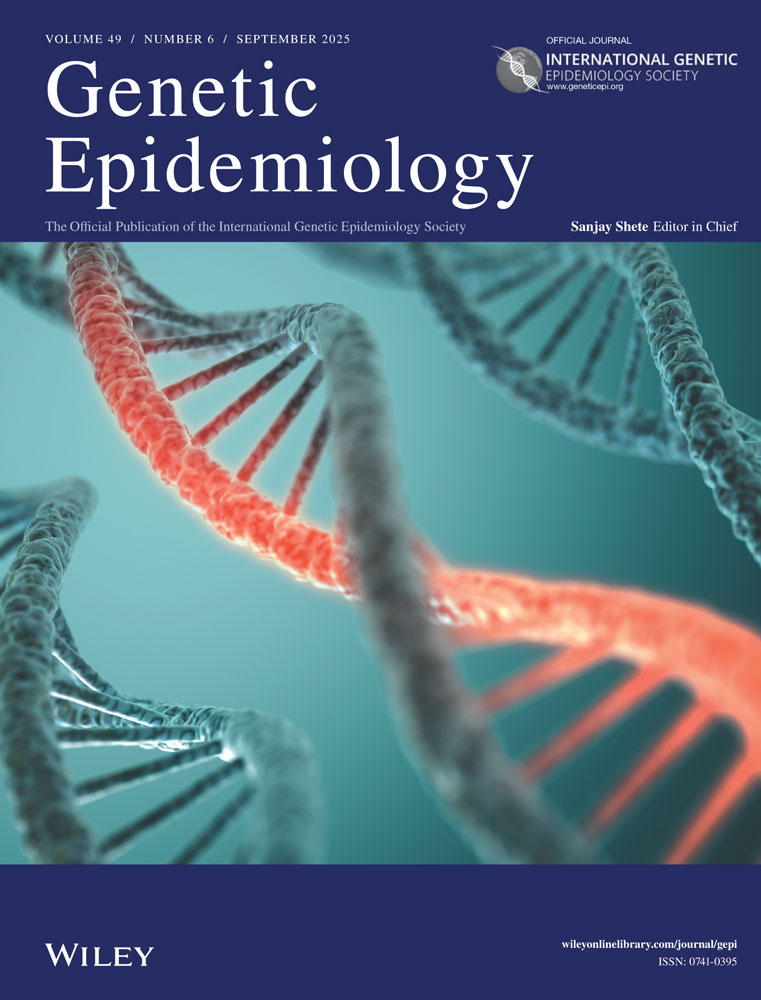The impact of varying diagnostic thresholds on affected sib pair linkage analysis
Abstract
For Mendelian disorders, it is usually simple to classify individuals as either affected or unaffected. By contrast, for “complex” phenotypes, the diagnostic boundary of the disorder is often uncertain. This paper explores the following question: to most efficiently detect linkage in such a complex phenotype by the affected sib pair method, where should the diagnostic threshold be drawn? The model assumes that the disorder is due to a generalized two-allele single major locus (SML) where liability in each genotype is normally distributed. Evidence for linkage between the marker and disease loci is highly dependent on the location of the threshold. The relationship between the placement of the threshold and population linkage information (PLI) is Gaussian-like. At high thresholds, linkage efficiency (LE) (or the amount of linkage information per affected sib pair) is high but PLI is low because the number of affected sib pairs is very small. At low thresholds, the number of affected sib pairs is high, but PLI is low because LE is very low. The model is applied to published SML parameters for schizophrenia, and maximal PLI is achieved at thresholds broader than those for schizophrenia alone.




